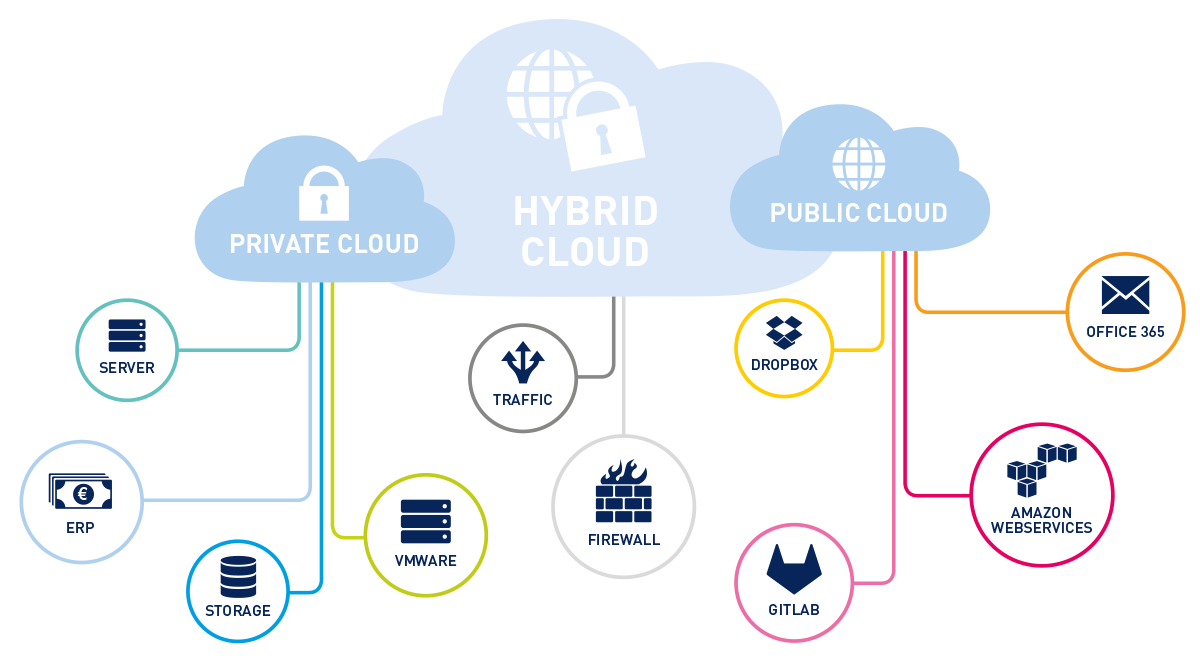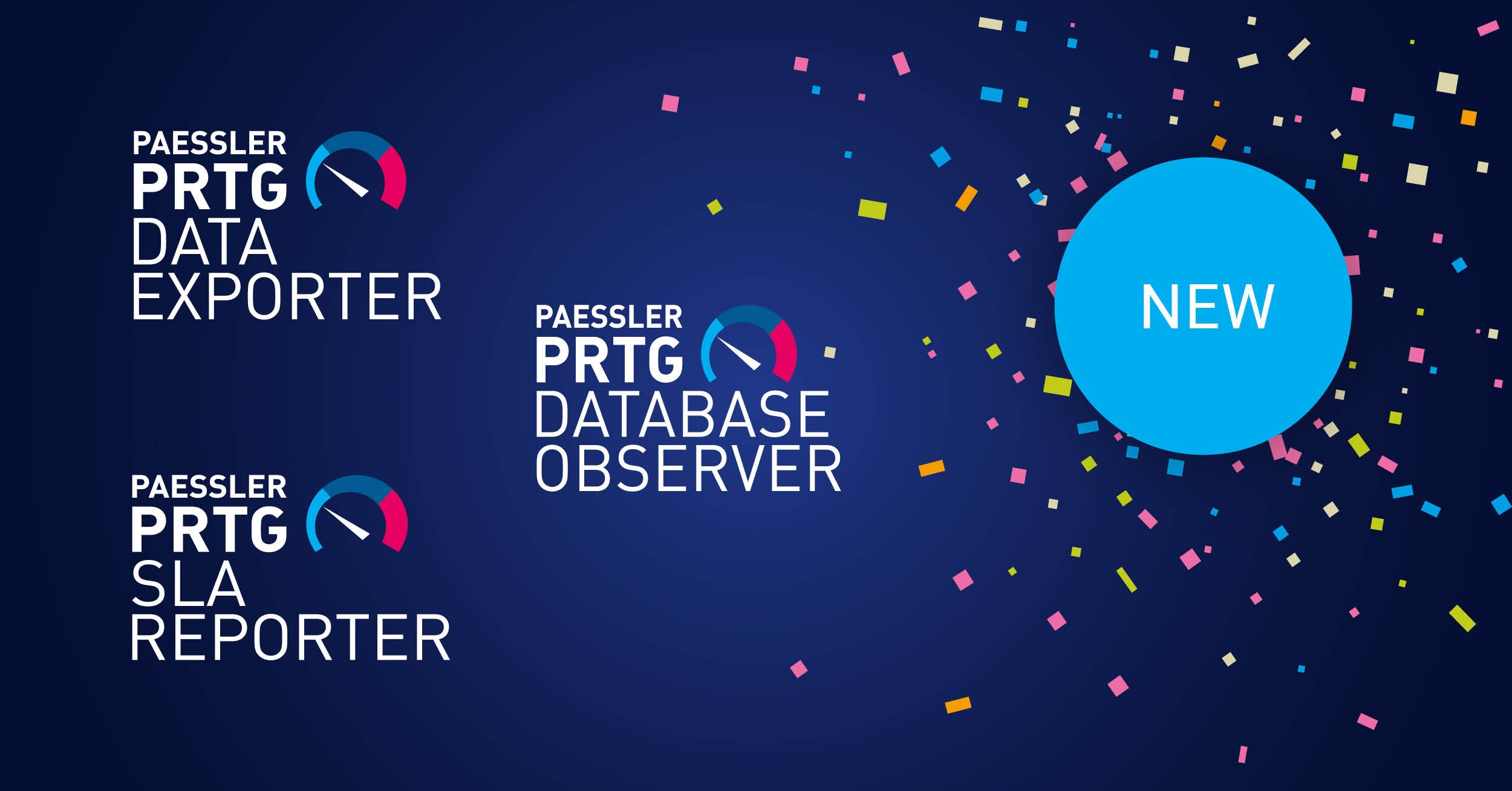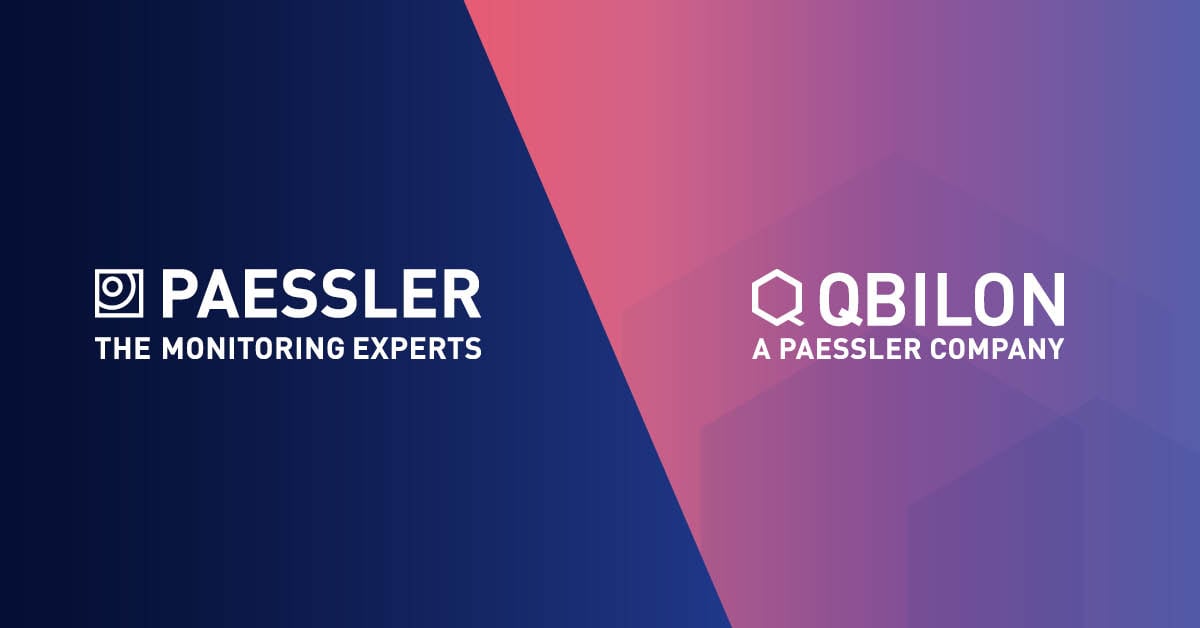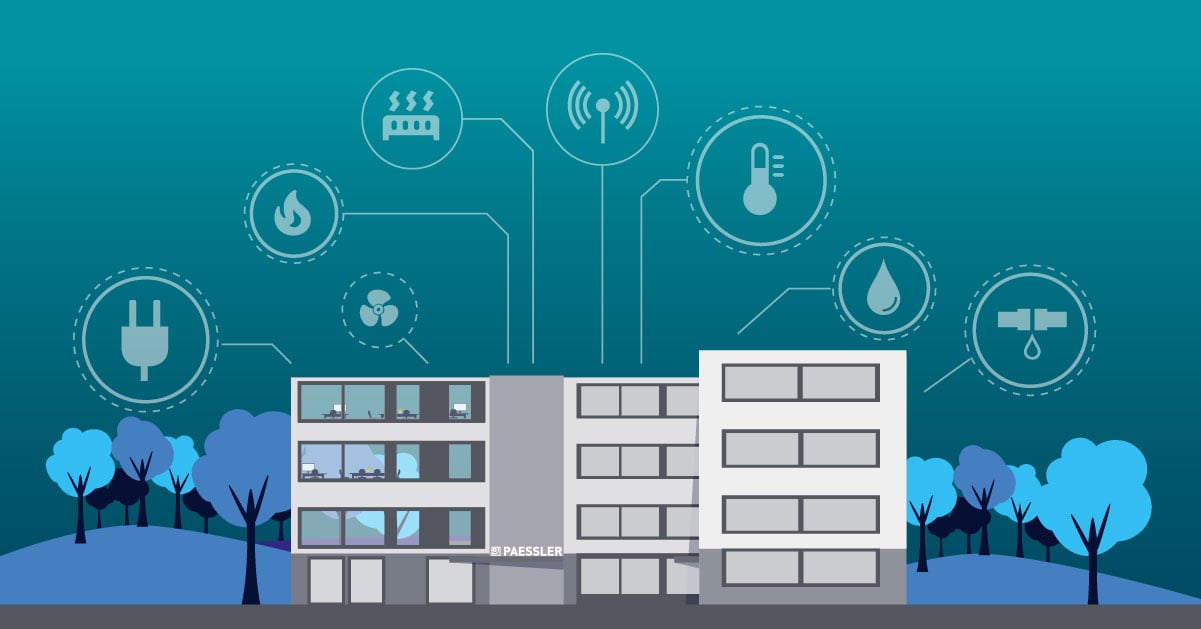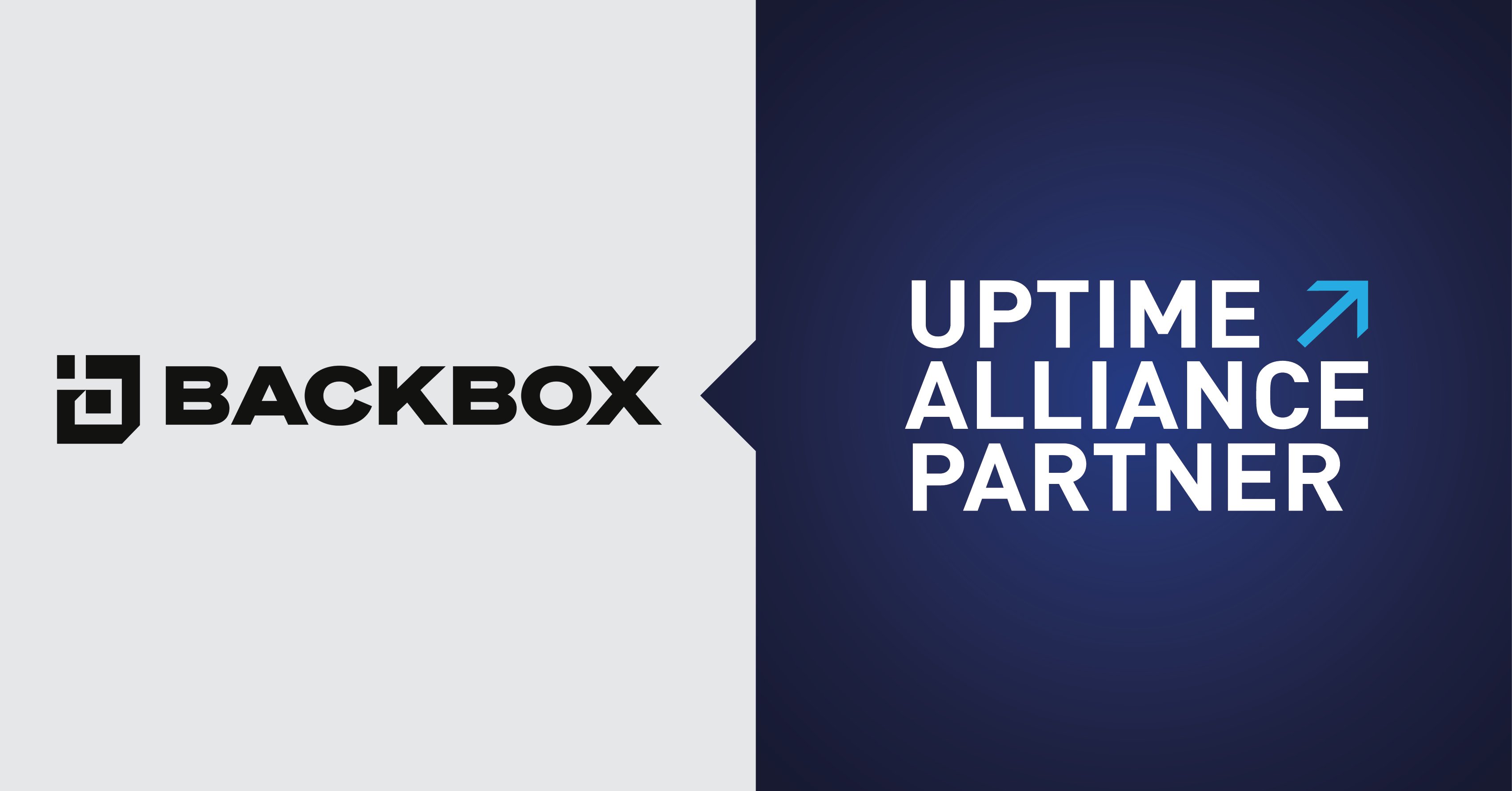Hybrid Cloud Monitoring - Essential for Your Entire Network
 Originally published on April 18, 2017 by Paessler Editorial Team
Originally published on April 18, 2017 by Paessler Editorial Team
Last updated on January 23, 2024
•
8 minute read
Regular monitoring of IT resources like a integrated Hybrid Cloud Monitoring is part of day-to-day operations in large and medium-sized companies. But even many smaller firms appreciate the advantages of monitoring system usage, open memory space, accessibility, and quality of service. After all, IT would prefer not to have to hear from users that components have broken down, even in these fairly manageable environments. One such "proactivity" that is often sworn by is said to promise smooth processing, wherein, for example, the administrator knows days in advance that hardware space is running low.
Hybrid Cloud: What If We Can't Turn To Our Own IT Department To Solve The Problem?
The growing trend is to purchase services in the cloud that can make IT work significantly easier. But this simple yet appropriate proposition unfortunately contains a pitfall for administrators that should not be underestimated. The classical situation at the beginning of a Hybrid Cloud Monitoring: Shares can be monitored splendidly on the in-house storage domain. This even works with the standard applications in operating systems in a pinch, or with storage systems. Any shortages in performance will be discovered by network professionals in their Switch consoles or monitoring software, and pretty quickly. Not a big problem in the On-Premise part of a Hybrid Cloud environment. But what happens if the "dropbox" isn't working correctly, the OneDrive memory is full, or e-mails from a hosted mail service aren't going out? Who do the outraged users ultimately turn to in these situations? Most likely, their company's IT support.
Hybrid Cloud Monitoring Is Essential - Even For Service Providers
Hired services (running in the public cloud) are extremely practical for the user, as long as they function without a single problem. Since the in-house IT department only has a very limited scope of influence in these situations (that is to say, the barest minimum), administrators and IT workers are frequently no less helpless and clueless than the users. Luckily, IT professionals on the side of the service provider generally take excellent care of their machines and services. After all, the satisfaction of SLAs (service level agreements) is at stake - and these are generally formulated a lot more precisely than the firm's own services.
Use PRTG for Hybrid Cloud Monitoring - Because All Clouds Are Not Created Equal
It would be too easy to lump all cloud services together. That's why administrators also need various options for hybrid cloud monitoring. In particular, hybrid cloud functions, where IT professionals might operate a part of the systems with a hosting provider, and link that with the in-house primary system via VPN/DirectAccess connection, hardly represent a real challenge. These systems are predominantly "infrastructure as a service" variants, which involve a virtual machine hosted in a virtual data center. The underlying storage and network components elude direct monitoring by customers. This is intrinsically not even necessary. Administrators operate all services defined within the VM using the same monitoring process that they also use for the local servers. Through direct incorporation into the in-house primary network, all monitoring techniques work in the same way as if the server were in its own network. Only in terms of performance, speed, and latency are systems in a data center hosted over the internet likely to "feel different" when it comes to Hybrid Cloud Monitoring.
As long as the administrator operates several virtual servers conjointly in one hosted data center, installing a Hybrid Cloud monitoring software on one of the VMs is another option for monitoring. This ensures that all performance parameters of this "remote server room" are controlled with zero latency.

Hybrid Cloud Monitoring made easy: As soon as VPN technology is called into action, administrators can monitor servers from cloud platforms like normal machines.
However, if there is no common platform of any kind, since the server has no common network accessibility except for the public internet, other methods are needed. Then Hybrid Cloud monitoring is limited to the services themselves. Administrators will then, for example, keep an eye on the response speed of the website or the reaction on the SMTP port. However, this can lead to certain "distortions" in data. The PING time from Europe to a webserver located in Asia is naturally not exactly staggering.
i Ping is a command-line utility, available on virtually any operating system with network connectivity, that acts as a test to see if a networked device is reachable. The ping command sends a request over the network to a specific device. A successful ping results in a response from the computer that was pinged back to the originating computer. Read more ...
As a result, professional Hybrid Cloud monitoring systems like PRTG get down to work with an enhanced tactic. This allows special cloud sensors held up on different continents to have "localized monitoring." Special sensors for Amazon, mail services, VMware systems, Microsoft OneDrive, Dropbox, Google Drive, and Google Analytics round out the range of pro offers.
